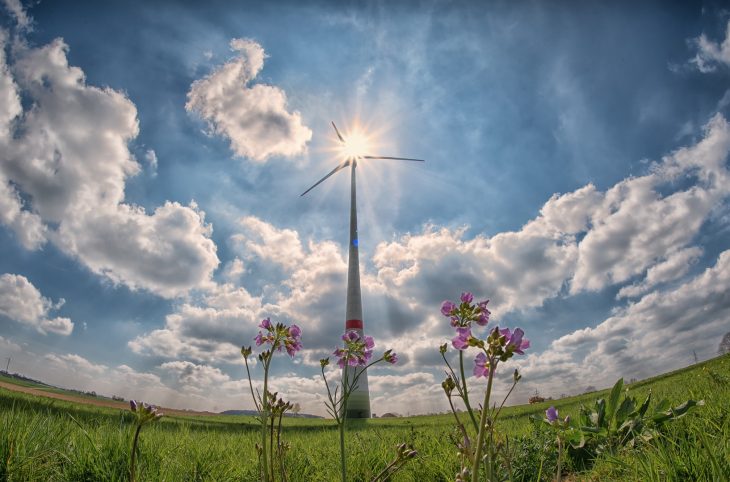There is a strong clamor for renewable energy at the height of the green revolution. That’s why wind power technology made an enormous climb in popularity among industries and even the suburbs. The cry for improved wind turbine efficiency to maximize value while minimizing cost is just deafening. Good thing, the respective agencies, both government and non-government heed to the call.
Gone are the days when windmills were meant for grinding grains or pumping water. These days, the modern version of windmills, the wind turbines, are installed to produce environment-friendly and cost-effective electricity.
The Pros and Cons
Wind power is very useful. It can be used to generate electrical power and mechanical power. It is also used to propel ships and for water pumping. But in this article, we will concentrate on the value of wind power as an alternative to fossil fuel electricity generation.
An outright advantage of wind power is its environment-friendly character. It creates no greenhouse gas emission, uses limited land area, widely distributed, clean, and is bountiful. There is no shortage of wind power sources, for as long as wind turbines are installed in the right locations.
The idea, of course, is to place wind turbines in an area where they will capture much of the wind. The wind farms are then connected to the electric power transmission, which will distribute electricity to households and companies.
On the downside, since wind technology is still considerably new, wind power can be costly to install and maintain. That, however, is expected to be resolved in years to come as studies on maximizing the value of wind energy progress.
How It Works
At present, there are two wind power technology models: the more common horizontal axis and the vertical axis. Horizontal axis wind turbines are those that are usually found in wind farms, characterized by a shaft that’s installed parallel to the ground. It is powered by a yaw system, which helps to constantly adjust the wind turbines and keep them aligned with the wind.
A horizontal axis wind turbine has several components: the rotor blade, which captures wind and converts it to rotational energy; the shaft, which transfers the rotational energy to the generator; and several other components that help simplify the process of converting wind power to electricity, including the generator, the yaw controller, the gearbox, the electronic control unit, the brakes, the tower, and the electrical equipment.
Although very rarely seen because they are less efficient, vertical axis wind turbines, which look like eggbeaters, are also available.
